Rapid prototyping = faster market launch
A presentation at ATA Virtual Expo 2020, titled, “Rapid Prototyping and Textile Product Development” urged attendees to use “sticks and glue … whatever method you have to get your idea out there.” The presenter, Dr. Andre West, director of the Zeis Textiles Extension (ZTE), Wilson College of Textiles, NC State University, may not have meant “sticks and glue” literally, but he is serious about promoting the “ability to explore and realize concepts more quickly.”
He defines rapid prototyping as “the fast fabrication of a physical part, model or assembly using 3D (CAD),” generally using additive manufacturing in some way. It also requires “a huge amount of teamwork,” he said. Among the recent successes at ZTE the team designed and found a method to make about 1,000 masks a week—with just three employees.
The idea is to work fast at getting a successful prototype, but West also sees the importance of getting a product to market quickly, too. “Don’t worry if it’s not the best ever. Get it out there on the market. Redesigning every single stage is what you do the next time around.”
One way of doing this is becoming highly automated—in miniature. “A lot of our equipment is a miniaturized version of the same equipment in the industry,” he said, because the full-sized equipment would just take too long to set up. “He explained that a Flex Factory” is designed “to produce flexible, small-batch production that can produce a wide variety of products as opposed to a single monolithic mass production type approach.” This type of manufacturing process takes advantage of digital fabrication technologies, such as 3D visualization and 3D printing.
When an attendee asked how one would know if a new product is a good idea or not, he answered, “Nine times out of ten you won’t be right.” But you should “show it to people you trust … as many people as you can.” He also recommended using focus groups to help evaluate the product. And, of course, test it.
He sees several exciting advances on the horizon, including the use of scanning technology for products that fit the wearer properly; coloration, such as glow-in-the-dark products; 3D printing with fiber; the use of hemp in clothing and other products; and more variety in the appearance and fit of PPE, similarly to what happened with scrubs. “People still want to look good,” he said.










